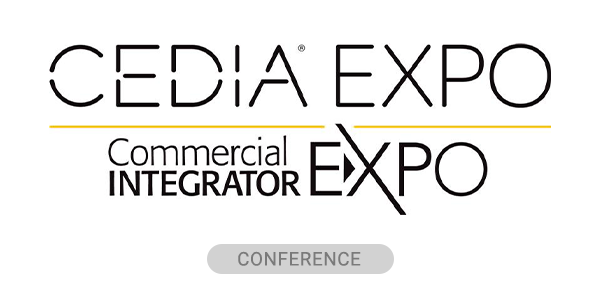An effective service department “looks to our remote engineers to assess and repair remotely prior to dispatching onsite technicians,” Simopoulos says. “This approach saves our customers money and allows us to often fix the problem exceptionally quickly.”
The financial decision to add helpdesk resources wasn’t all that challenging, according to Simopoulos.
“Yes, once you do it you have to get out there fast and build your recurring monthly revenue to support the overhead,” he says. “But first off, every company needs to move to recurring revenue. You just have to. You’re not doing a great service to your customers by just installing projects and walking away. So you have to make a change in your business. You have to change the culture and say we’re going to do down this road. In order to do that, you have to make an investment to get there. Those companies [that don’t get it], need to recognize it like we did and make the leap.”
The plan to add a helpdesk included losing money on it at the beginning, Simopoulos acknowledges, and the calculated risk paid off. “It’s been a phenomenal part of our business and it’s growing at an extremely rapid pace.”
Beyond the helpdesk feature, the managed services department does periodic system health checks, leverages remote access and operability of customers’ systems, does anomaly searches, offers troubleshooting and more.
It was Simopoulos who brought that recurring monthly revenue mindset to Advance Technology.
“Rob wanted to push the RMR,” Abbott recalls. “The biggest issue that integrators have is that they all took a 40, 50 percent bath in 2008, 2009, and their solution to come out of it was to competitively bid stuff. They beat the living margins out of it, so people are doing stuff for 5, 10 points, and we all know you can’t run a company on that. Rob put together a business plan that included in-house development, in-house project engineering — all the stuff that the big boys do — and we brought it down to our level, in our way, and really changed the focus to service.”
‘Serious Industry Problem’
It’s one thing to create strategies around pursuing service revenue and becoming more IT-centric; it’s another to find the people to implement these new, against-the-grain processes. So Advance Technology is focused on building a workforce that’s young, educated and on board with its innovative approaches.
The fact that it’s difficult to recruit those candidates away from their IT career paths isn’t going to stop Simopoulos.
“I think we have a serious industry problem that we all need to address,” he says. “We are not attracting enough talented people into the industry. If you look at students specifically, there are no clear paths for them to follow in order to join the integration industry. I’ve spoken to a number of IT students at colleges in Canada and the U.S., and most of them have no idea that they can gain a career in the security or AV industry. The majority of them have tunnel vision toward the traditional IT space.”
That’s true, says Kristina Johnson, customer satisfaction specialist who runs Advance Technology’s internship program and was a student herself a year ago. As a senior at University of New Hampshire at Manchester she took a computer information systems class that included business majors like herself and CIS majors.
“I’d say 99 percent of those CIS majors thought that when they graduated they’d have to get a data entry job,” she says. “They have no idea about these industries. It’s a really unique field, so unless somebody is exposed to it it’s not something you’d fall into.”
Simopoulos says the integration industry has done itself a disservice by not doing a better job of educating universities about AV and security. “There should be courses and education built from our industry within these schools, with the end goal of attracting these students.”












